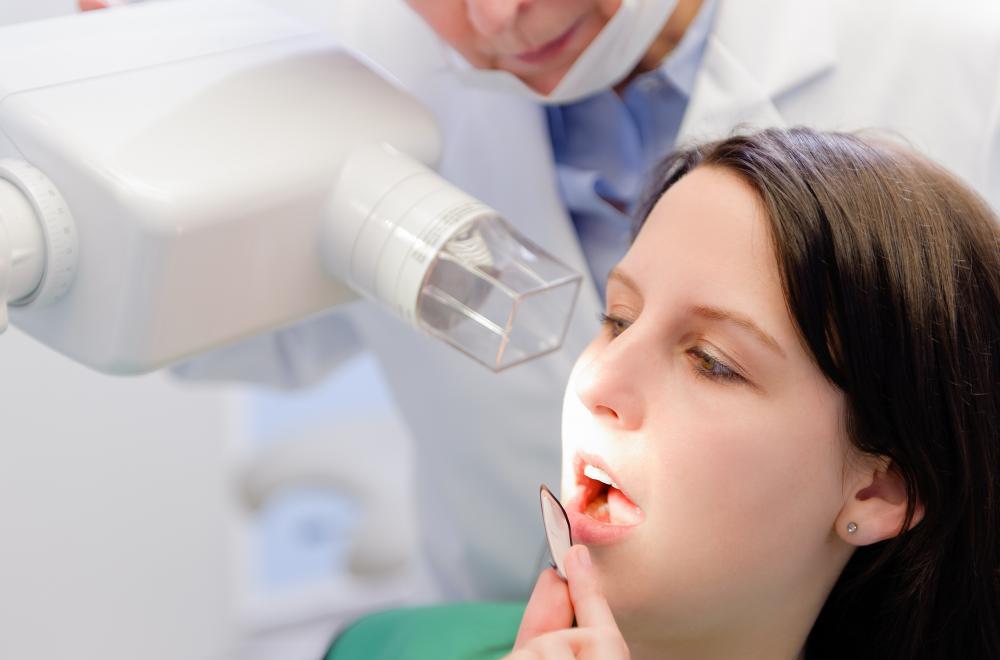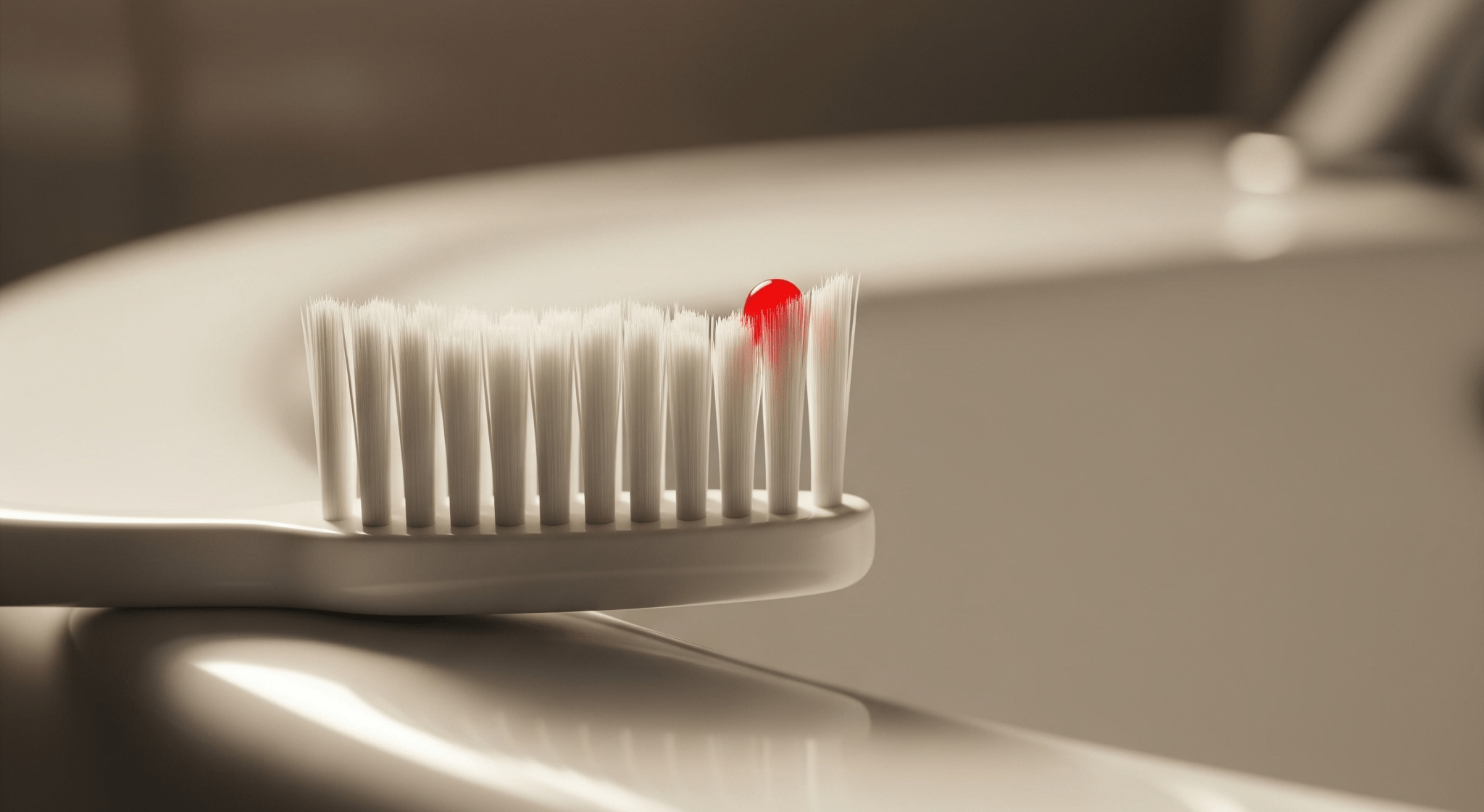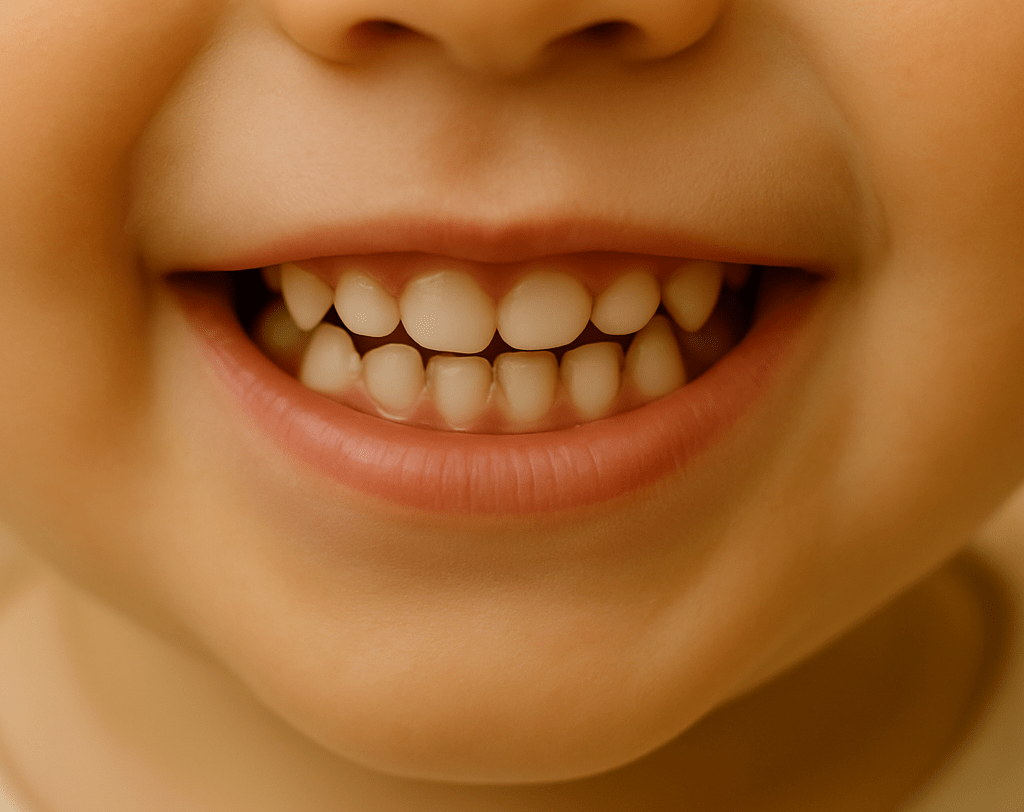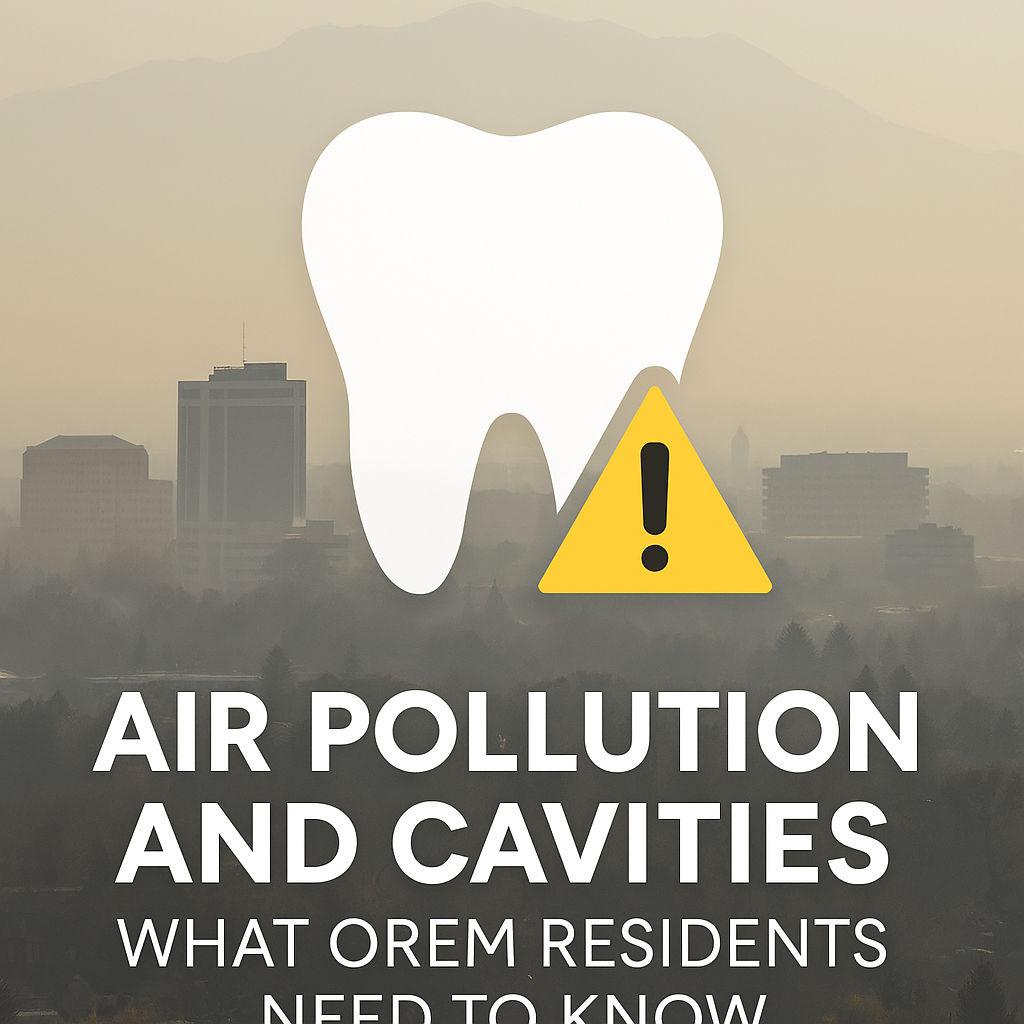Blog Highlights:
- There are two types of dental x-rays, the intraoral x-ray, and the extra-oral x-ray
- Dental x-rays can help your dentist see your tooth root and even the bones that support your teeth
- Dental x-rays are painless and they can be used to diagnose dental problems as well as to help prevent diseases>
Did you know that X-rays, also known as radiographs, are also very important in dentistry? It can actually serve as a diagnostic tool that can help provide the dentist a glimpse of what is going on in your mouth. It is also important to note that the dental x-ray can also be used to help prevent diseases.
X-rays are actually a type of energy that can pass through soft tissues. It can be absorbed by dense tissues, but it can pass through soft tissues such as the cheeks and gums. This is why it can be used to help the dentist see structures that are not visible to the naked eye.
There are actually two types of dental x-rays, the intraoral and the extraoral x-ray. Intraoral x-rays are taken inside the mouth, while the latter is taken outside of it. The dentist will typically use intraoral x-rays since they can provide higher resolutions. The x-ray can be used to look for the following:
- See if the teeth and gums are in good condition
- Check the status of the developing teeth
- Get a closer look at the periodontal disease
- Inspect the bony structures around your teeth
- See the condition of the tooth roots
- Look for minute cracks and cavities
The Benefits of using the dental x-ray
The x-ray can help the dentist diagnose common problems such as gum disease and infections. It can also be used to see the condition inside your tooth, as well as the tooth roots beneath the gums.
Depending on what type of treatment you need, or what kind of oral problem you are dealing with, your dentist may ask you to get the following x-rays:
- Occlusal – Shows the floor of the mouth so your dentist can have a clear view of the bite of the lower jaw and upper jaw. This can be used to check the development of the child’s teeth.
- Panoramic – Used before giving patients orthodontic treatments, it can show the teeth, nasal area, as well as the sinus joints.
- Bite-wing – It shows the dentist how the upper and lower teeth can occlude or touch each other. It can also help detect decay between the back teeth.
- Periapical – Shows the entire tooth from the bone that supports it, and all the way to the crown.
The dental x-ray is to be performed in the dentist’s office or in the clinic of a specialist. The dentist will make use of a lead apron to protect the rest of your body from the radiation. The dentist will also use a plastic apparatus that you can bite down in order to hold the x-ray film in its proper position.
The x-ray procedure is pain-free, it uses low doses of radiation, but it will have to be repeated until the images are clearly obtained. The use of dental x-rays can help you save time and money, it can also make it more convenient for the dentist to give you proper treatment afterward.





